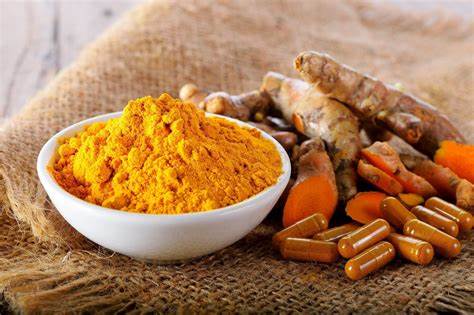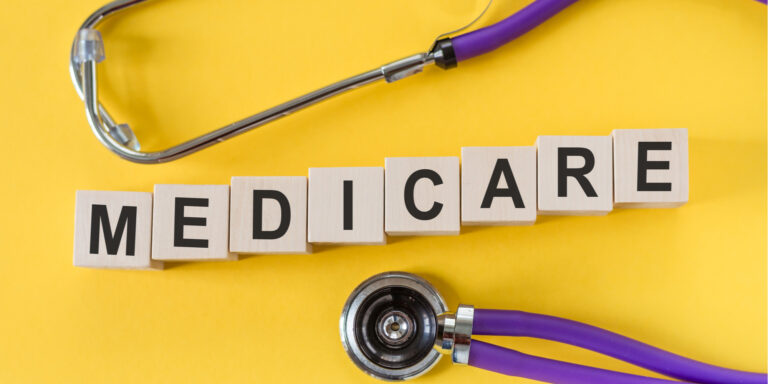How to Be Active Mentally and Physically

In today’s fast-paced world, maintaining an active lifestyle is crucial for overall well-being. However, being active doesn’t just refer to physical movement; it also encompasses mental stimulation. Balancing both mental and physical activity can significantly improve quality of life and enhance cognitive function. In this article, we’ll explore various strategies to stay active both mentally and physically, leading to a happier and healthier life.
Understanding Mental Activity
Mental activity refers to the engagement of the brain in cognitive tasks and stimulation. It involves activities such as problem-solving, learning, creativity, and critical thinking. Keeping the mind active is essential for cognitive health and can help prevent cognitive decline as we age. Conversely, mental inactivity can lead to boredom, lack of motivation, and even mental health issues such as depression and anxiety.
Ways to Stay Mentally Active
- Engaging in Lifelong Learning: Continuously seeking out new knowledge and skills through reading, attending classes, or taking up hobbies can keep the mind sharp and stimulated.
- Solving Puzzles and Brain Teasers: Activities like crosswords, Sudoku, and logic puzzles challenge the brain and promote mental agility.
- Trying New Activities and Experiences: Stepping out of your comfort zone and exploring unfamiliar activities can stimulate creativity and enhance cognitive flexibility.
Importance of Physical Activity
Physical activity is not only essential for maintaining a healthy weight and preventing chronic diseases but also has profound effects on mental well-being. Regular exercise releases endorphins, neurotransmitters that promote feelings of happiness and reduce stress. Additionally, physical activity improves blood flow to the brain, enhancing cognitive function and reducing the risk of cognitive decline.
Independent living refers to the ability of an individual to live autonomously and manage their daily activities without constant assistance or supervision. It encompasses various aspects of self-reliance, including maintaining one’s own household, managing finances, and making personal decisions. Independent living promotes freedom, dignity, and self-determination, allowing individuals to pursue their goals and participate fully in their communities. It often involves accessing supportive services and utilizing adaptive technologies to enhance independence and quality of life.
Incorporating Physical Activity into Daily Routine
- Setting Realistic Goals: Start with small, achievable goals and gradually increase intensity and duration as you build stamina.
- Finding Enjoyable Forms of Exercise: Whether it’s dancing, hiking, or playing a sport, choose activities that you genuinely enjoy to make staying active feel less like a chore.
- Importance of Consistency: Aim for regular, consistent exercise rather than sporadic bursts of activity to experience lasting benefits.
Balancing Mental and Physical Activity
Recognizing the symbiotic relationship between mental and physical health is key to achieving overall well-being. Strive to strike a balance between challenging your mind and moving your body, as both are interconnected and mutually beneficial.
Mindfulness and Meditation
Practicing mindfulness and meditation can help cultivate a sense of inner peace and reduce stress. These techniques promote relaxation and self-awareness, leading to improved mental clarity and emotional resilience.
Nutrition and Hydration
A well-balanced diet rich in nutrients is essential for both mental and physical health. Additionally, staying hydrated is crucial for optimal cognitive function and physical performance.
Quality Sleep
Getting enough quality sleep is vital for overall health and well-being. Prioritize good sleep hygiene habits to ensure restorative sleep, which is essential for cognitive function, mood regulation, and physical recovery.
Social Interaction
Maintaining social connections and fostering relationships is vital for mental and emotional health. Make time for meaningful interactions with friends and loved ones to combat feelings of loneliness and isolation.
Stress Management
Chronic stress can have detrimental effects on both mental and physical health. Incorporate stress-reduction techniques such as deep breathing, yoga, or journaling into your daily routine to promote relaxation and resilience.
Seeking Professional Help
Don’t hesitate to seek help from healthcare providers or mental health professionals if you’re struggling to maintain mental or physical well-being. Therapy, counseling, and medication can be valuable resources for addressing underlying issues and improving overall health.
Monitoring Progress
Keep track of your mental and physical activity levels to ensure you’re staying on track with your goals. Adjust your routines as needed to maintain motivation and continue making progress.
Overcoming Barriers
Identify and address any obstacles that may be preventing you from staying active, whether they’re physical, mental, or environmental. With determination and perseverance, you can overcome challenges and achieve your health and fitness goals.
Conclusion
Prioritizing both mental and physical activity is essential for leading a fulfilling and balanced life. By incorporating strategies such as lifelong learning, regular exercise, mindfulness, and stress management into your daily routine, you can optimize your well-being and enjoy a happier, healthier life.




